Home>Home Appliances>Laundry Appliances>How To Add Bleach In A Washing Machine
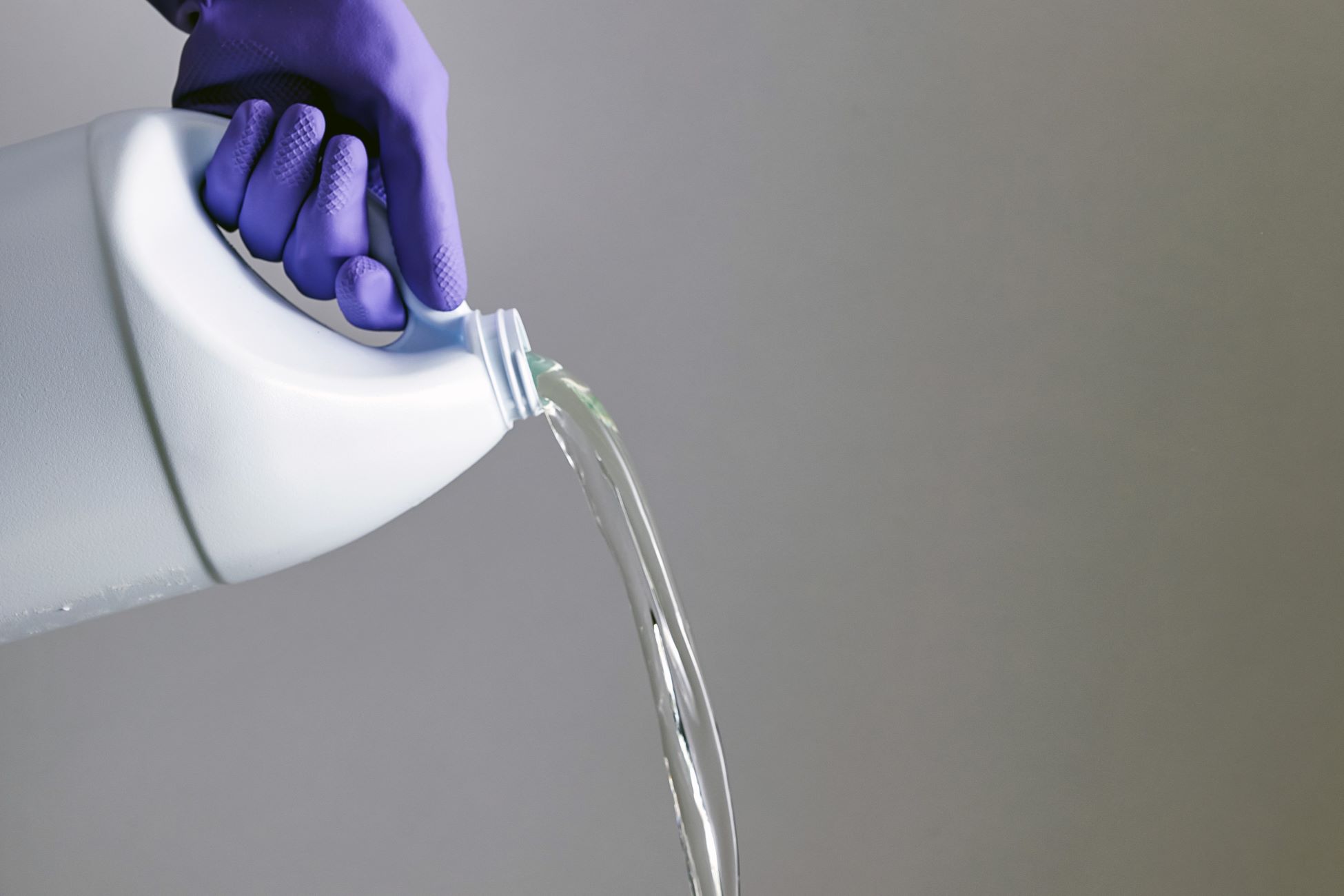

Laundry Appliances
How To Add Bleach In A Washing Machine
Modified: March 8, 2024
Learn the proper way to add bleach to your washing machine for cleaner laundry. Follow these simple steps for effective use of laundry appliances.
(Many of the links in this article redirect to a specific reviewed product. Your purchase of these products through affiliate links helps to generate commission for Storables.com, at no extra cost. Learn more)
Safety Precautions
When it comes to adding bleach to a washing machine, safety should always be the top priority. Bleach is a powerful chemical that can effectively whiten and disinfect clothes, but it requires careful handling to ensure the safety of both the user and the garments being washed. Here are some essential safety precautions to keep in mind when using bleach in your laundry routine:
-
Read the Label: Before using any type of bleach, it's crucial to carefully read the label and follow the manufacturer's instructions. Different types of bleach, such as chlorine bleach and oxygen bleach, have specific usage guidelines and dilution ratios that must be adhered to for safe and effective results.
-
Protect Your Skin and Eyes: When handling bleach, always wear protective gear such as rubber gloves and safety goggles to shield your skin and eyes from potential irritation or burns. In case of accidental contact with bleach, rinse the affected area thoroughly with water and seek medical attention if necessary.
-
Ventilation: Ensure adequate ventilation in the laundry area when using bleach. Open windows and doors to allow fresh air to circulate, reducing the concentration of bleach fumes in the air. This simple step can help minimize the risk of inhaling potentially harmful vapors.
-
Separate from Other Products: Store bleach away from other household cleaning products, especially those containing ammonia or acids. Mixing bleach with these substances can produce toxic fumes, posing serious health hazards. Keep bleach in a cool, dry place, and always secure the container with its original cap to prevent accidental spills.
-
Keep Out of Reach of Children and Pets: Store bleach in a high, locked cabinet or on a high shelf to prevent access by children or pets. Always close the container tightly after use and never leave bleach unattended, especially when young children or animals are present.
-
Follow Usage Guidelines: Use bleach only as directed for laundry purposes. Avoid overusing bleach, as this can weaken fabric fibers and cause premature wear and tear on clothing. Additionally, using more bleach than recommended does not necessarily result in cleaner or whiter clothes.
By adhering to these safety precautions, you can confidently incorporate bleach into your laundry routine while minimizing potential risks. Prioritizing safety not only protects you and your loved ones but also ensures the longevity of your clothing and the proper functioning of your washing machine.
Key Takeaways:
- Prioritize safety when using bleach in your washing machine. Read labels, protect skin and eyes, ensure ventilation, store away from other products, keep out of reach of children and pets, and follow usage guidelines to minimize risks and protect your clothes and loved ones.
- Choose the right bleach for your laundry needs. Consider chlorine bleach for whitening, oxygen bleach for colored fabrics, eco-friendly alternatives for sustainability, and specialty bleach for delicate fabrics. Selecting the right bleach ensures optimal results while preserving the quality of your clothing.
Read more: How To Use Bleach In The Washer
Choosing the Right Bleach
Selecting the appropriate bleach for your laundry needs is crucial to achieving optimal results while safeguarding the integrity of your garments. When browsing the cleaning aisle, you'll encounter various types of bleach, each designed for specific purposes. Understanding the differences between these options will empower you to make an informed choice that aligns with your laundry requirements.
Chlorine Bleach
Chlorine bleach, also known as sodium hypochlorite, is a potent whitening and disinfecting agent. It is highly effective in removing tough stains and whitening white fabrics. However, it's important to note that chlorine bleach should only be used on colorfast, bleach-safe items, as it can cause discoloration or damage to certain fabrics. When using chlorine bleach, it's essential to follow the manufacturer's instructions regarding dilution ratios and compatibility with different fabric types.
Oxygen Bleach
Oxygen bleach, often referred to as color-safe bleach, is a gentler alternative to chlorine bleach. It is formulated to be safe for use on colored fabrics and is less likely to cause color fading or damage. Oxygen bleach harnesses the power of oxygen to lift stains and brighten fabrics without the harshness associated with chlorine bleach. This makes it a versatile option for maintaining the vibrancy of colored clothing while effectively tackling stains and odors.
Bleach Alternatives
In addition to traditional bleach options, there are eco-friendly and non-toxic alternatives available on the market. These alternatives utilize natural ingredients such as hydrogen peroxide, sodium percarbonate, or enzymes to achieve stain removal and whitening effects. They are particularly suitable for individuals seeking a more environmentally conscious approach to laundry care, as they are biodegradable and pose minimal risk to the environment and human health.
Read more: How To Bleach Pillows In A Washing Machine
Considerations for Specialty Fabrics
When choosing bleach, it's essential to consider the specific care requirements of specialty fabrics such as wool, silk, and delicate synthetics. For these fabrics, it's advisable to opt for specialized bleach products designed to cater to their unique needs. Always check the garment care label for any specific instructions or restrictions related to bleach usage.
By carefully evaluating the characteristics and intended applications of different bleach options, you can confidently select the most suitable product for your laundry needs. Whether you prioritize powerful stain removal, color preservation, or eco-friendliness, choosing the right bleach sets the foundation for achieving exceptional laundry outcomes while preserving the quality of your clothing.
Adding Bleach to the Washing Machine
Adding bleach to the washing machine is a straightforward process that, when done correctly, can yield impressive results in terms of whitening and disinfecting laundry. Whether you're dealing with stubborn stains or aiming to maintain the pristine whiteness of your garments, incorporating bleach into your laundry routine can be a game-changer. Here's a step-by-step guide on how to add bleach to your washing machine effectively:
-
Check Garment Compatibility: Before adding bleach to the washing machine, it's crucial to ensure that the items you intend to bleach are safe for treatment. Check the care labels of the garments to verify if they are bleach-safe and colorfast. This step is essential to prevent potential damage or color alteration to delicate or non-bleach-friendly fabrics.
-
Load the Washing Machine: Once you've sorted the laundry and confirmed the suitability of the items for bleaching, load the washing machine with the garments you wish to treat. It's advisable to leave ample space in the machine to allow the clothes to agitate freely during the wash cycle, promoting optimal bleach distribution and garment coverage.
-
Measure the Bleach: Refer to the manufacturer's guidelines on the bleach container to determine the appropriate amount of bleach to use based on the load size and desired level of whitening. Carefully measure the bleach using a designated bleach dispenser or a measuring cup to ensure accurate dosage. Avoid pouring bleach directly onto the garments to prevent concentrated contact, which may lead to uneven bleaching or potential fabric damage.
-
Select the Dispenser or Add Directly: Many modern washing machines are equipped with built-in bleach dispensers, making it convenient to add bleach at the appropriate stage of the wash cycle. If your machine lacks this feature, you can add the measured bleach directly to the water in the washing machine before adding the laundry. This allows the bleach to dilute evenly before coming into contact with the garments, reducing the risk of concentrated exposure.
-
Start the Wash Cycle: With the bleach added and the garments in place, initiate the wash cycle according to the recommended settings for the fabric type and soil level. Ensure that the water temperature aligns with the guidelines provided on the bleach container for optimal performance.
-
Additional Tips: For heavily soiled or stained items, consider pre-soaking them in a solution of water and bleach before transferring them to the washing machine. This pre-treatment can enhance the effectiveness of the bleach and improve stain removal outcomes.
By following these steps, you can seamlessly integrate bleach into your laundry routine, harnessing its potent whitening and disinfecting properties to revitalize your garments. With proper care and attention to detail, adding bleach to the washing machine becomes a simple yet impactful aspect of achieving immaculate laundry results.
Alternative Methods for Bleaching Clothes
In addition to traditional bleach products, several alternative methods offer effective and eco-friendly approaches to achieve whiter and brighter laundry outcomes. These methods cater to individuals seeking gentler alternatives or those with specific preferences for natural and non-toxic solutions. By exploring these alternative approaches, you can discover innovative ways to enhance the appearance and cleanliness of your garments while aligning with your sustainability goals.
Lemon Juice and Sunlight
Harnessing the natural bleaching properties of lemon juice and the power of sunlight presents a simple yet potent method for whitening clothes. Lemon juice, known for its mild bleaching effect, can be applied directly to stained or discolored areas of fabric. Once the lemon juice is applied, exposing the garment to direct sunlight amplifies the bleaching action, effectively lightening stains and brightening the overall appearance of the fabric. This method is particularly suitable for white or light-colored garments and offers a natural and cost-effective approach to achieving whiter laundry results.
Baking Soda
Baking soda, a versatile household staple, serves as an excellent alternative for whitening and brightening clothes. When added to the laundry, baking soda acts as a natural deodorizer and whitening agent, effectively lifting stains and odors from fabrics. Its gentle abrasive nature aids in scrubbing away grime and discoloration, making it a valuable addition to the laundry routine. Additionally, combining baking soda with laundry detergent can enhance the overall cleaning power, resulting in fresher and visibly brighter garments.
Hydrogen Peroxide
Hydrogen peroxide, a mild bleaching agent, offers a gentle yet effective alternative for whitening clothes. When diluted with water, hydrogen peroxide can be applied directly to stained areas or used as a pre-soak solution to target stubborn discoloration. Its oxygenating properties work to break down and lift stains from fabrics, making it a versatile and eco-friendly option for maintaining the brightness of white and colored garments. Moreover, hydrogen peroxide is known for its antibacterial properties, contributing to a thorough and hygienic cleaning process.
Vinegar
White vinegar, renowned for its natural cleaning abilities, serves as a non-toxic alternative for brightening and disinfecting laundry. When added to the wash cycle, vinegar helps to remove soap residue and mineral deposits from fabrics, resulting in softer and brighter clothes. Its acidic nature aids in neutralizing odors and lifting stains, making it a valuable addition to the laundry routine. Furthermore, vinegar can act as a natural fabric softener, contributing to the overall freshness and cleanliness of the garments.
By incorporating these alternative methods into your laundry care repertoire, you can embrace sustainable and natural approaches to achieve whiter, fresher, and impeccably clean clothes. Whether you opt for lemon juice and sunlight, baking soda, hydrogen peroxide, or vinegar, these methods offer versatile and eco-conscious solutions for enhancing the appearance and longevity of your garments.
Frequently Asked Questions about How To Add Bleach In A Washing Machine
Was this page helpful?
At Storables.com, we guarantee accurate and reliable information. Our content, validated by Expert Board Contributors, is crafted following stringent Editorial Policies. We're committed to providing you with well-researched, expert-backed insights for all your informational needs.
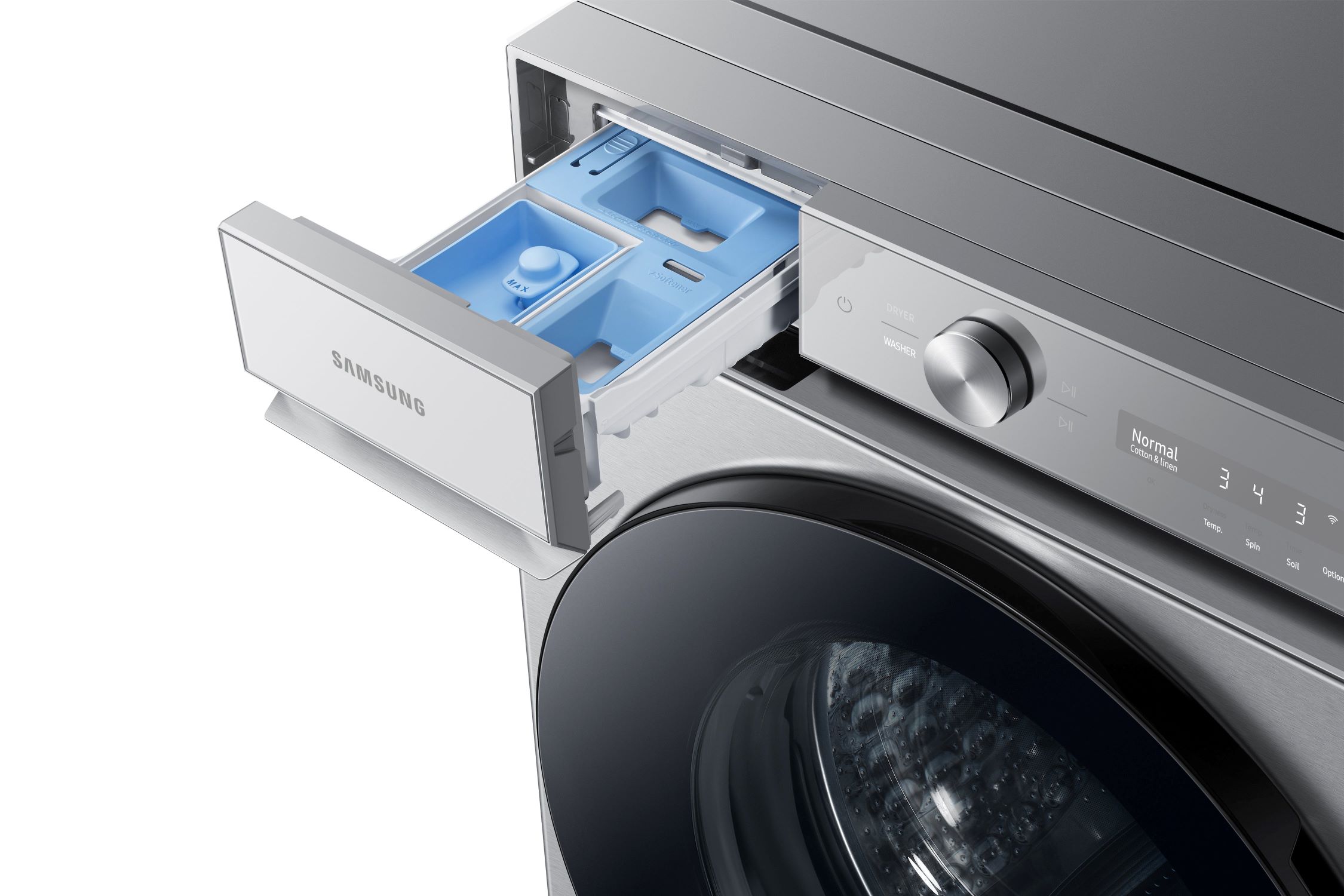
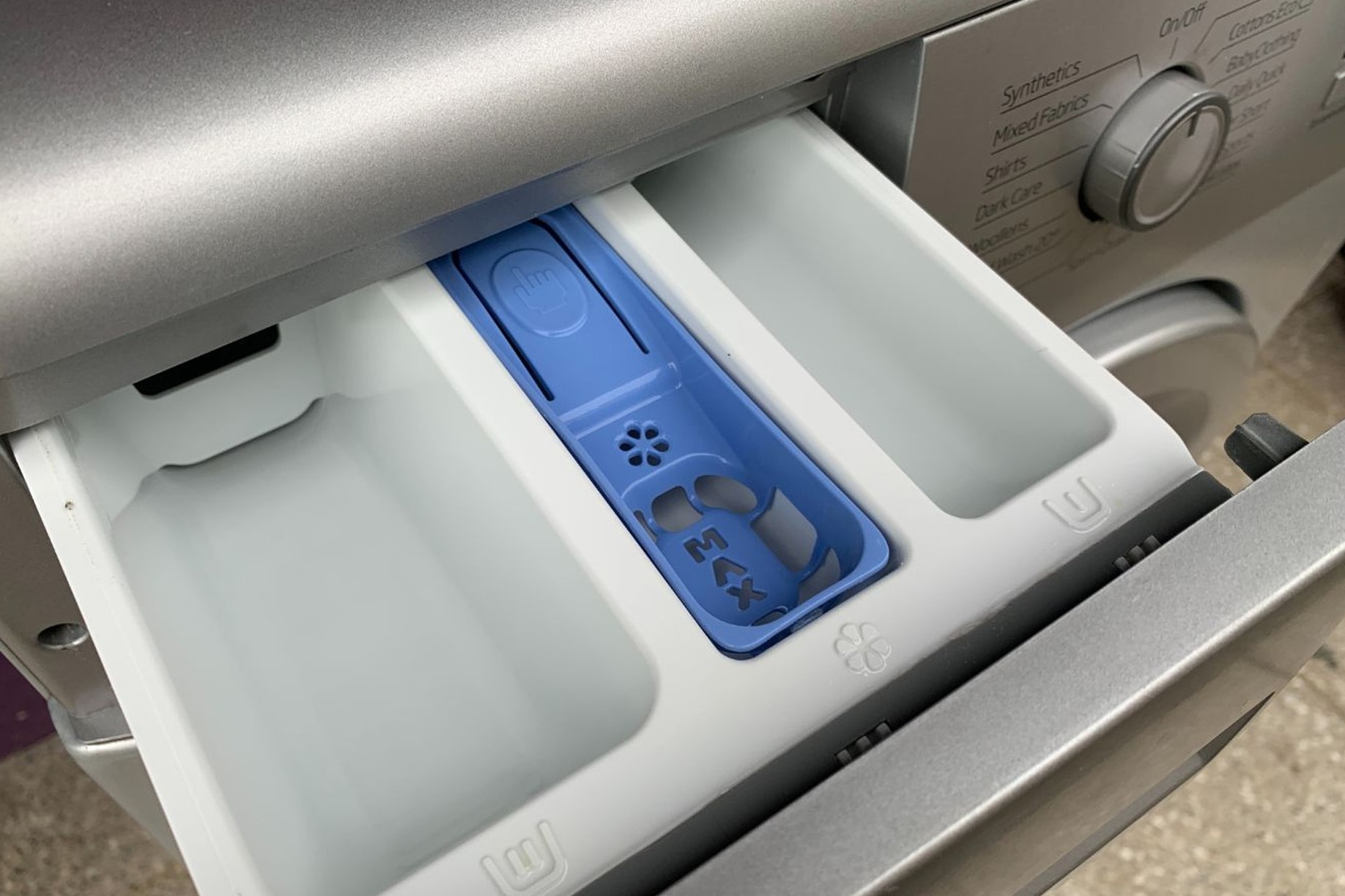
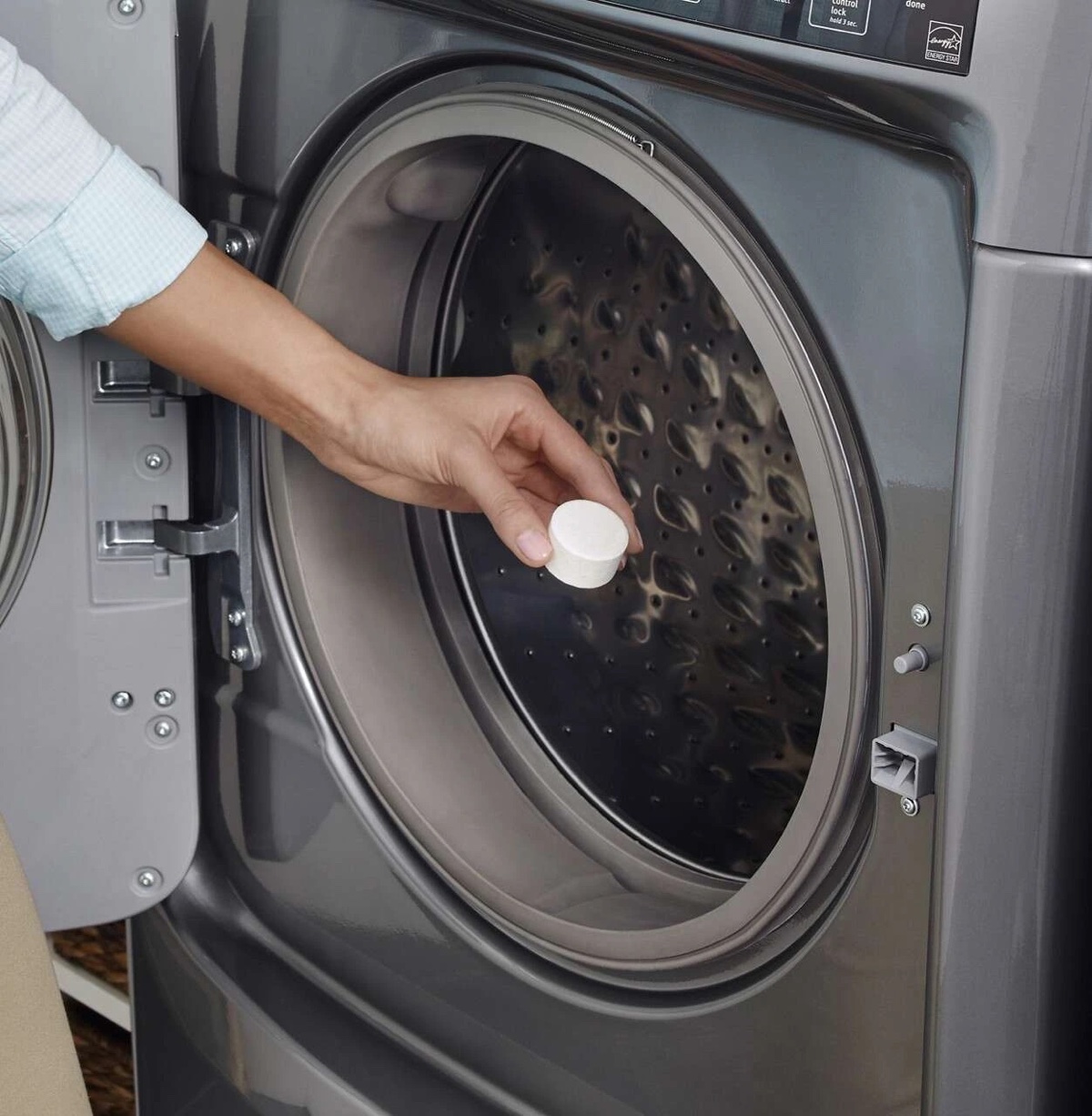
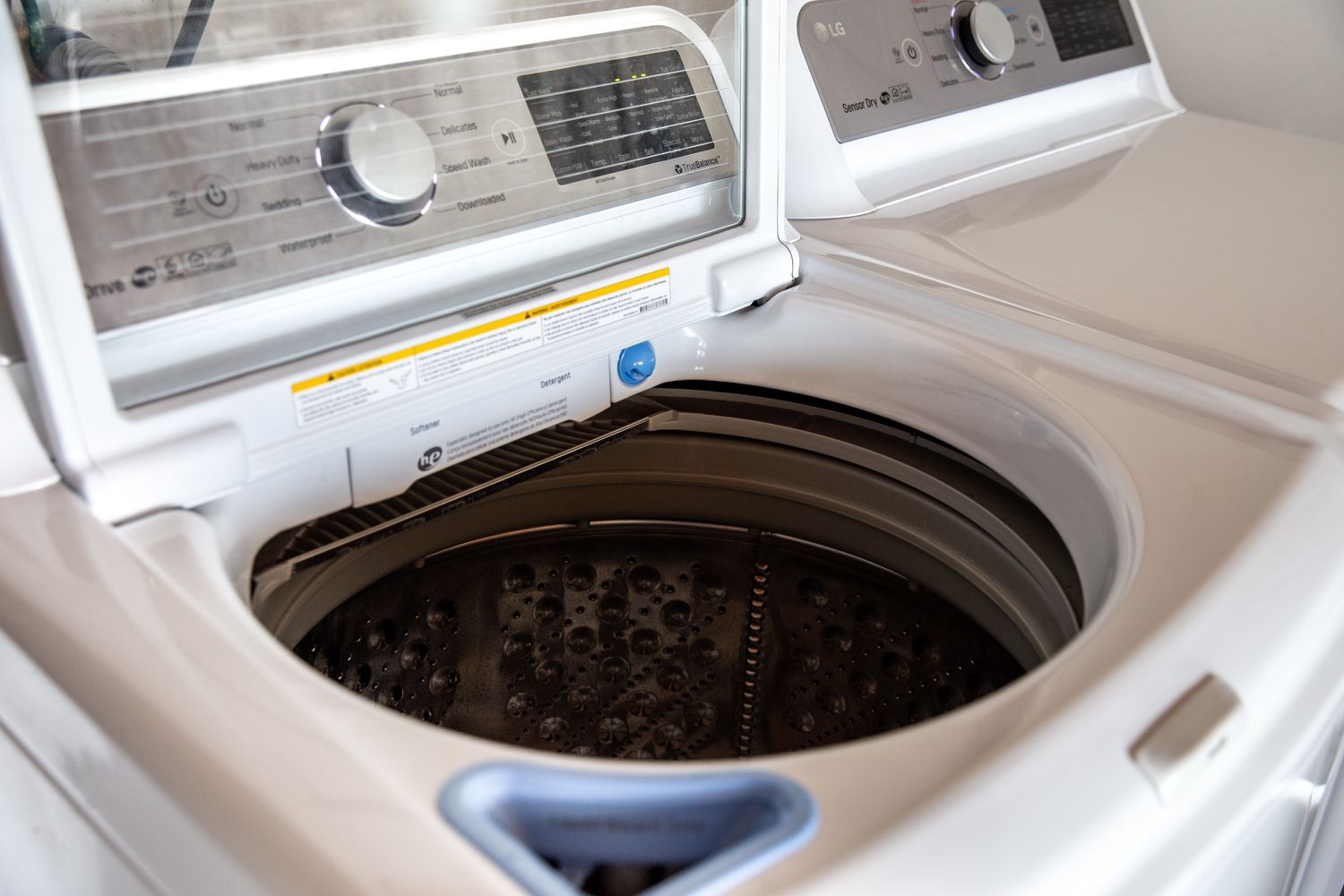
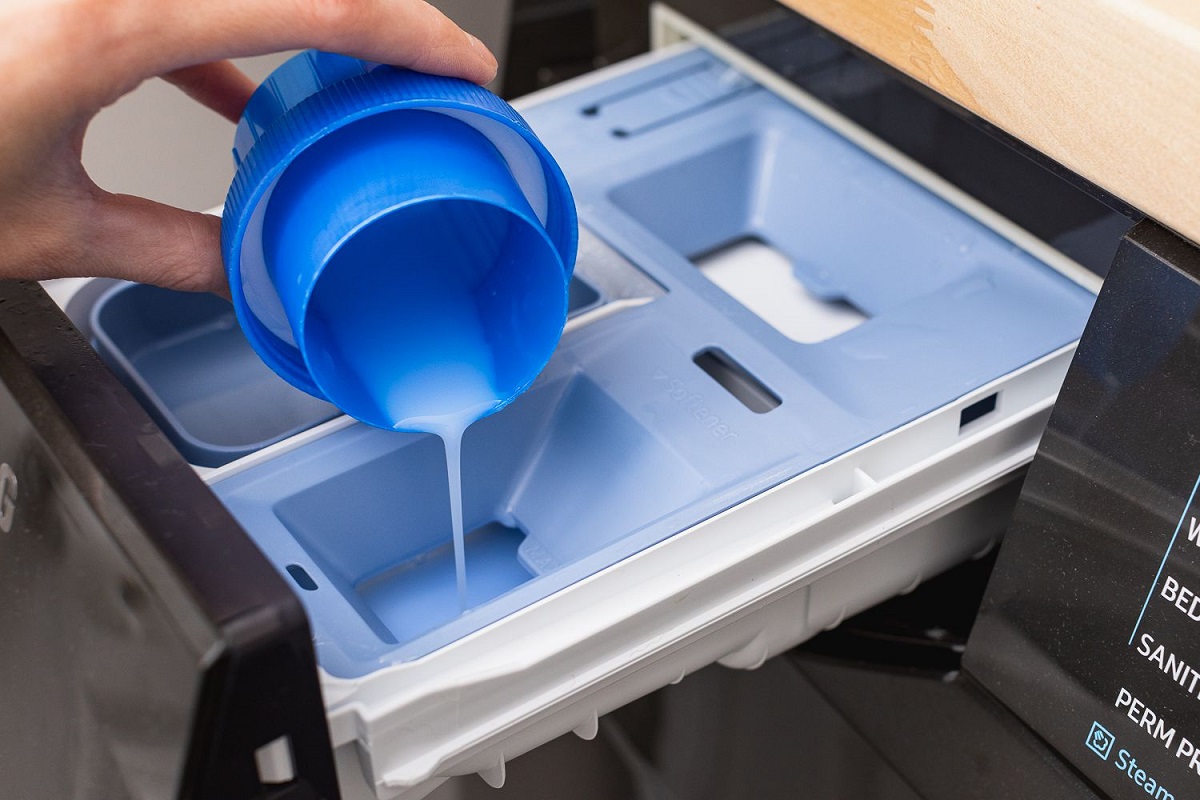
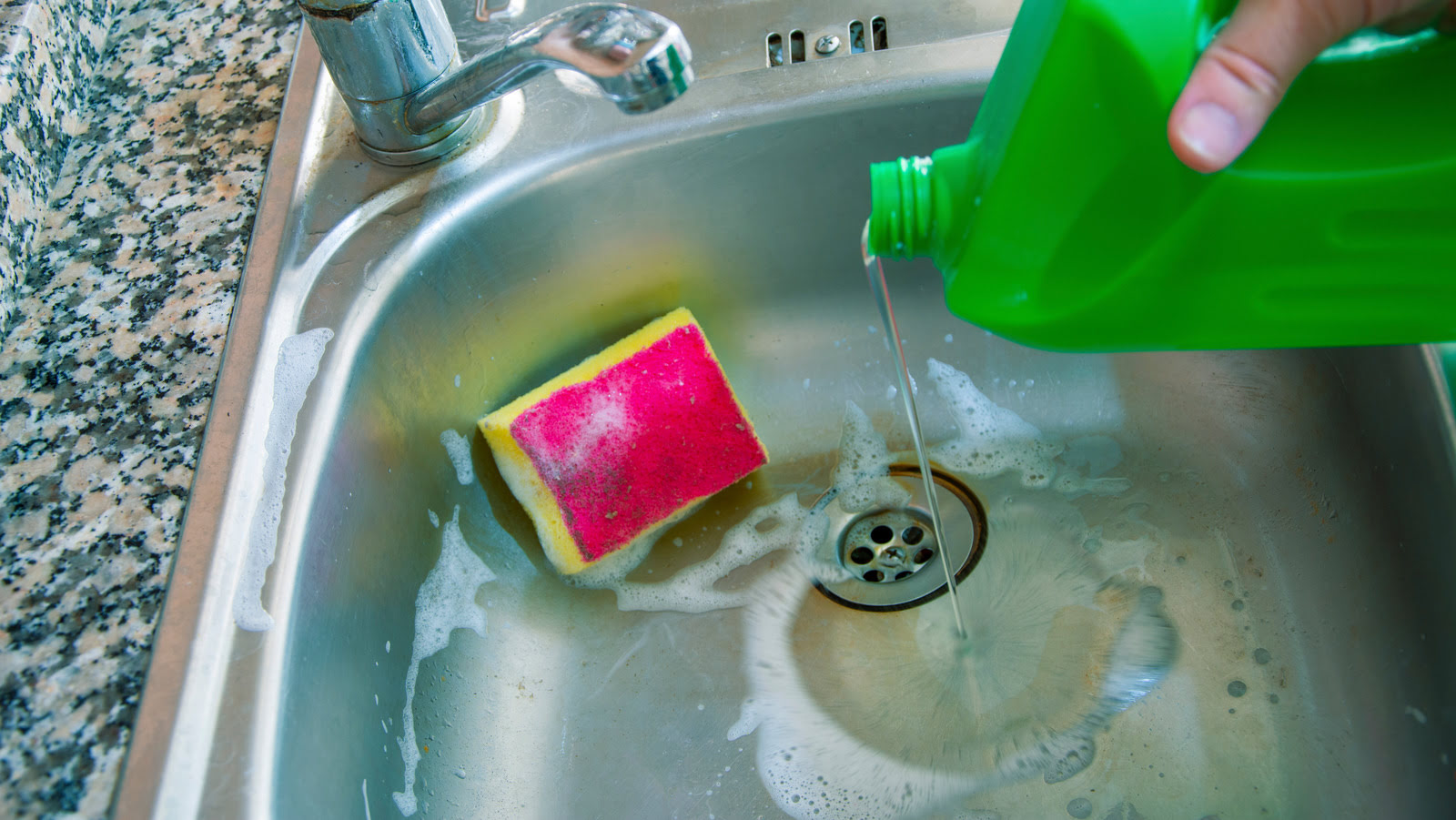
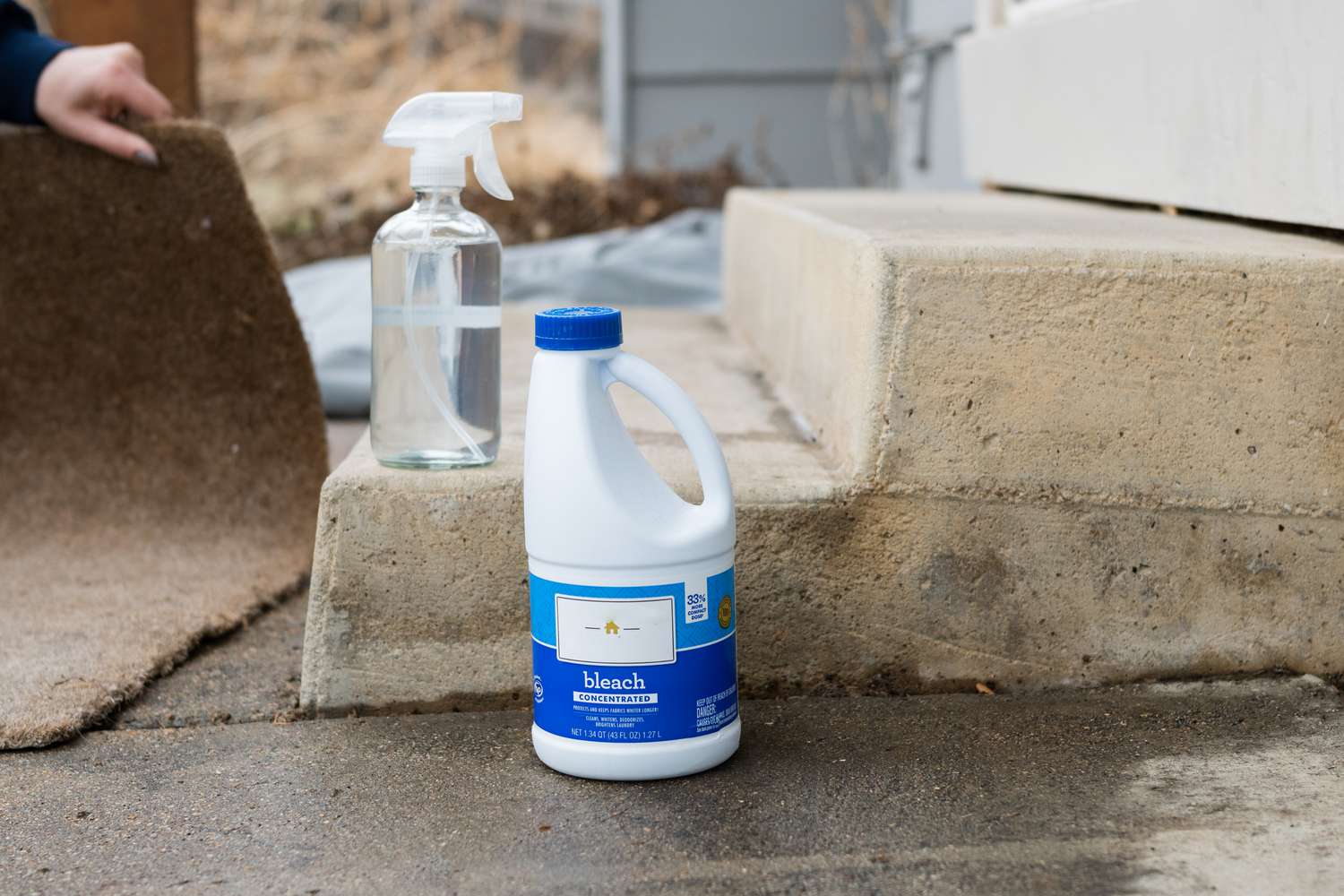
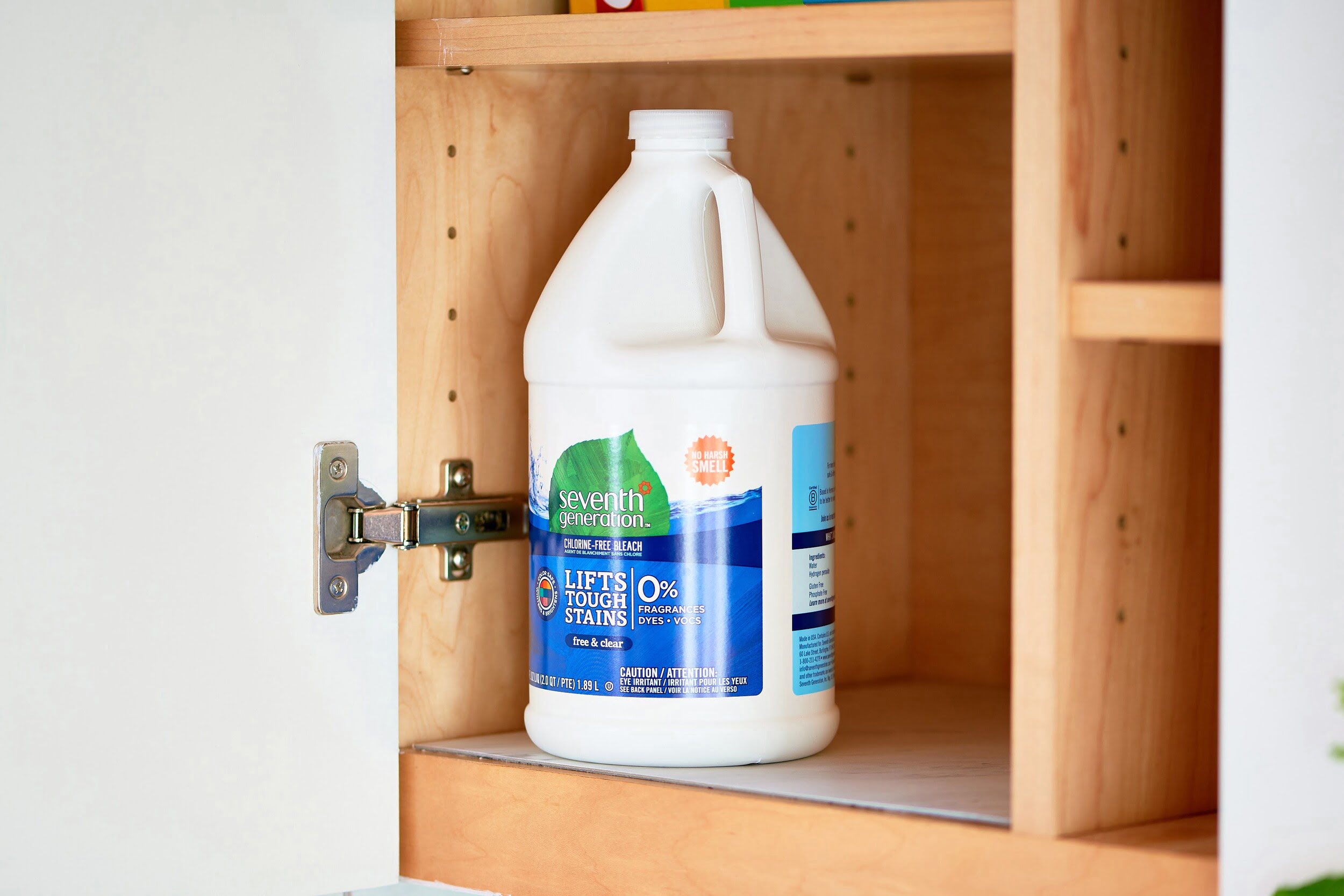
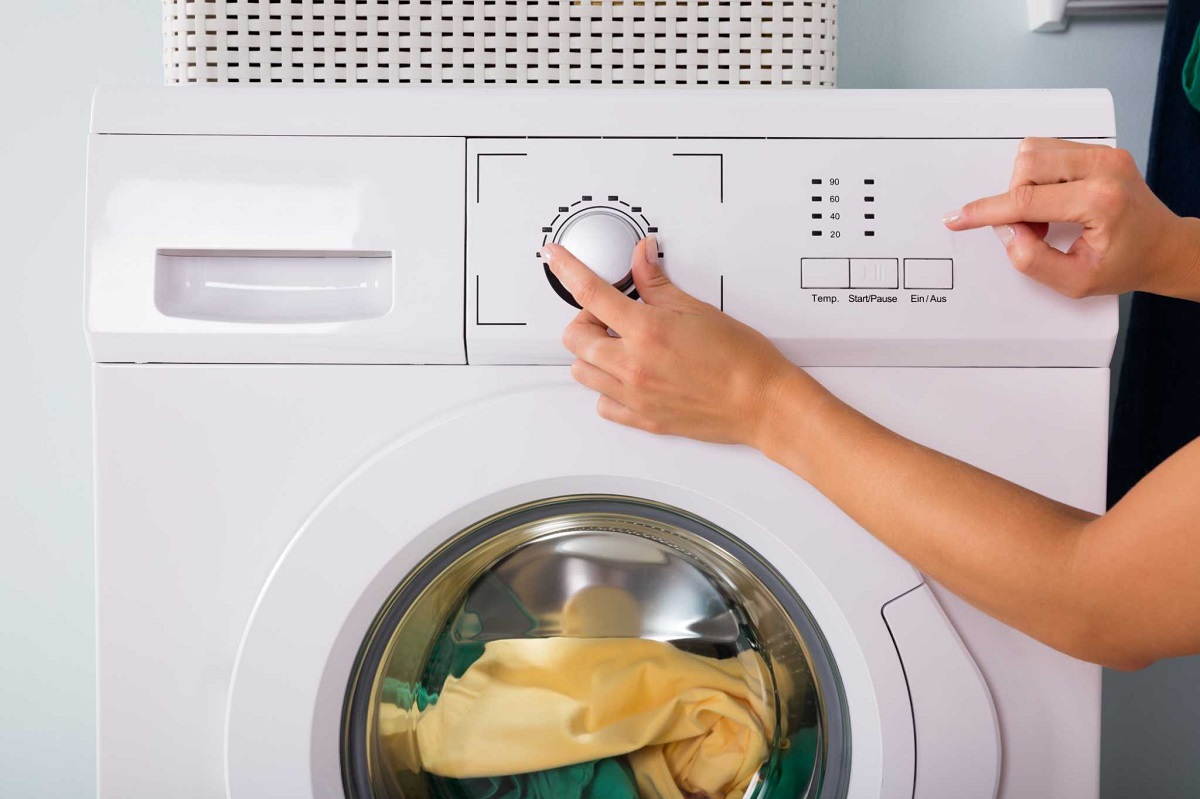
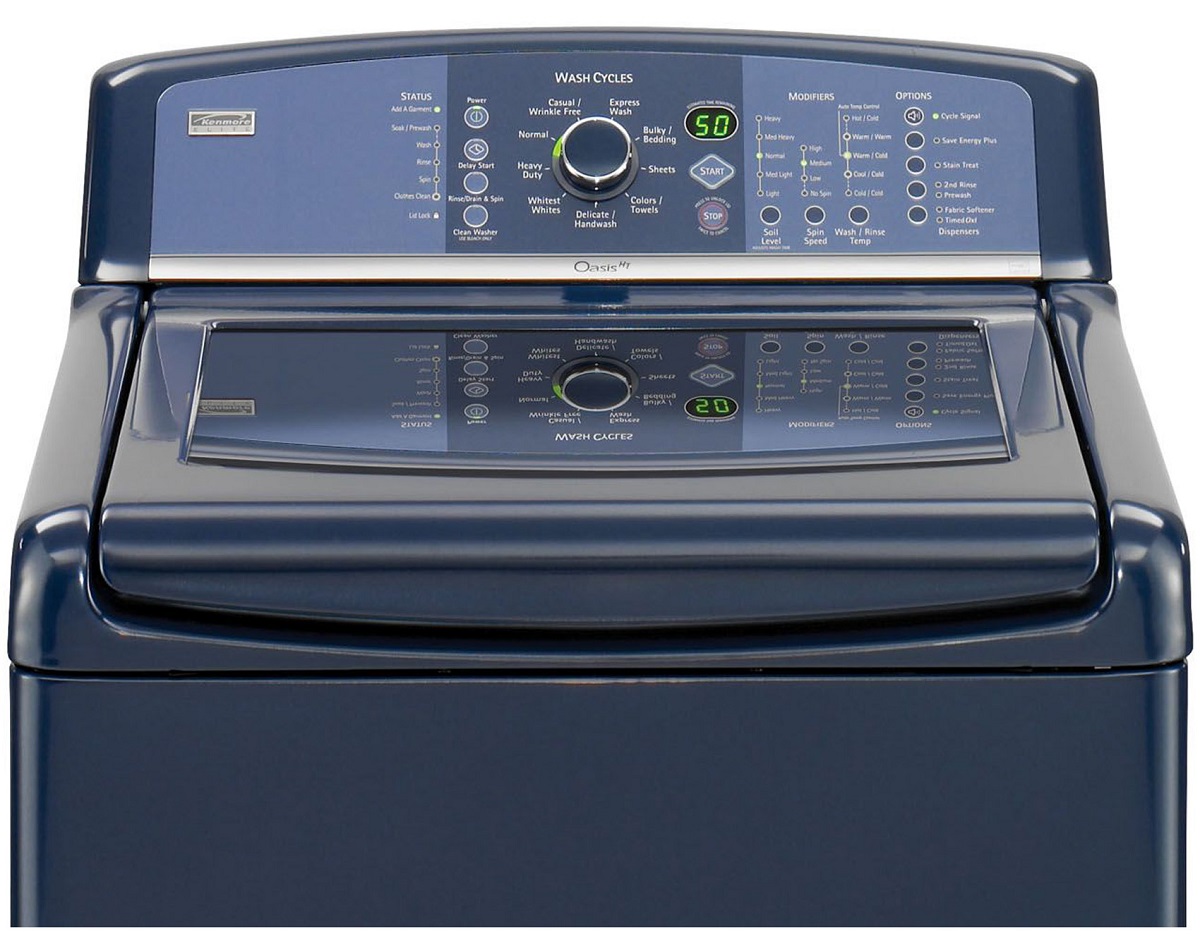
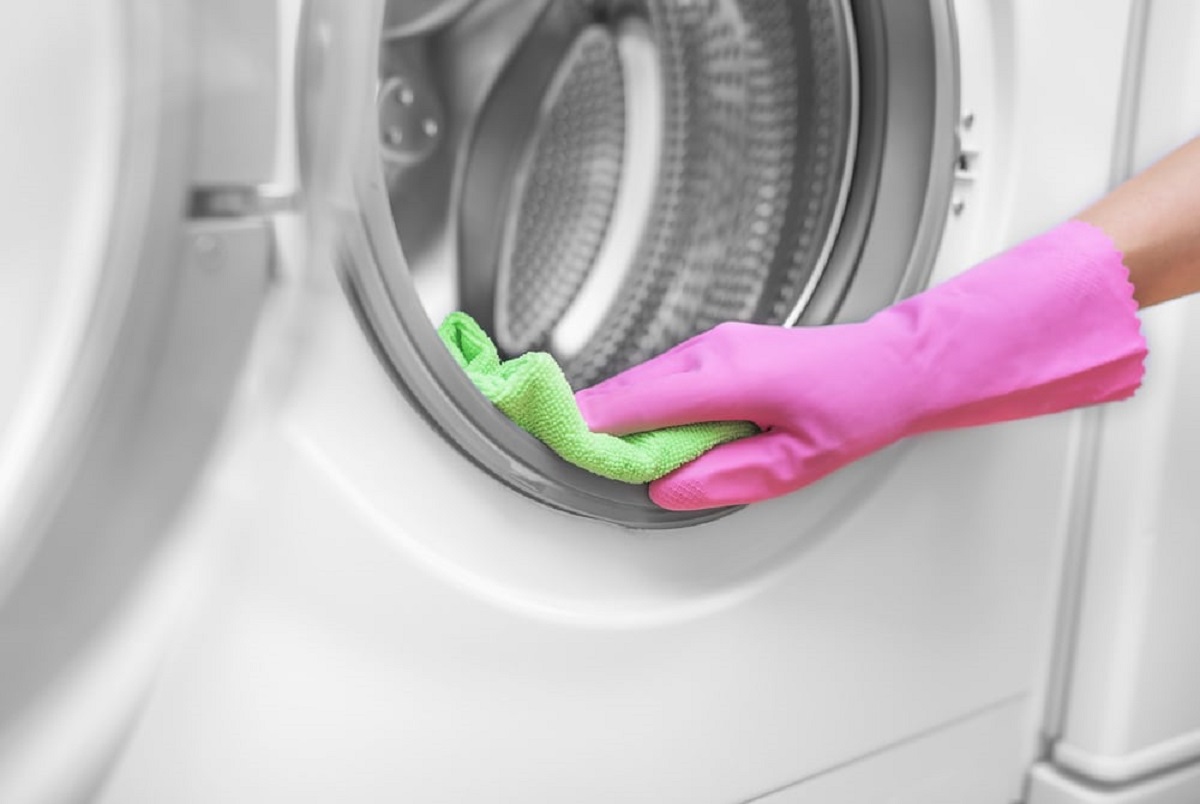
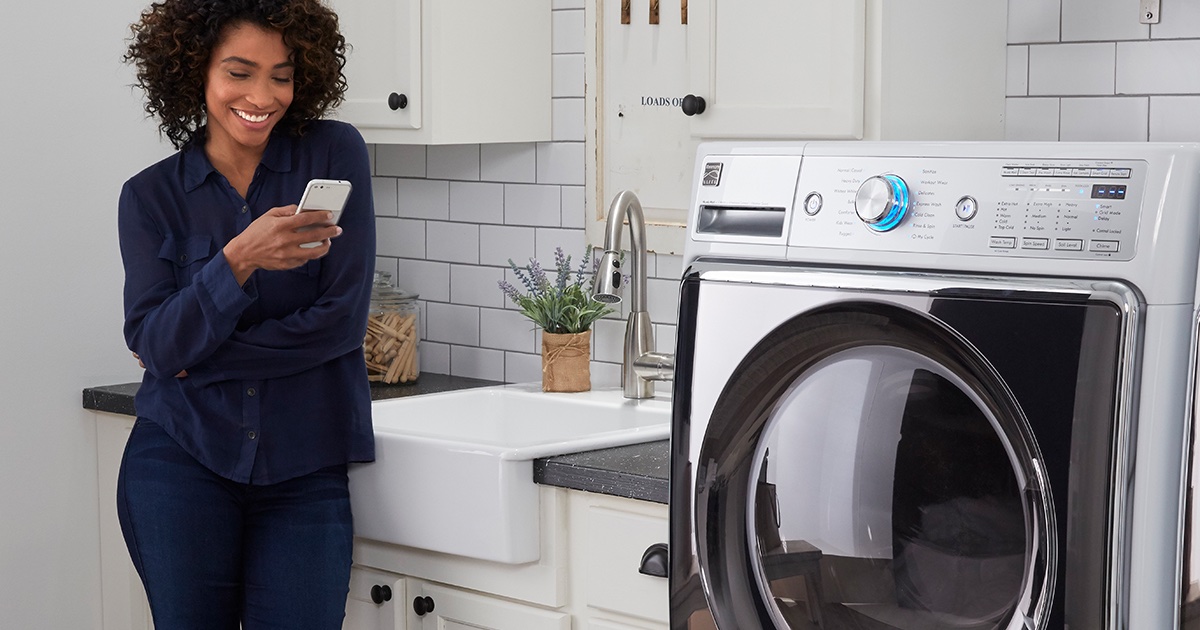
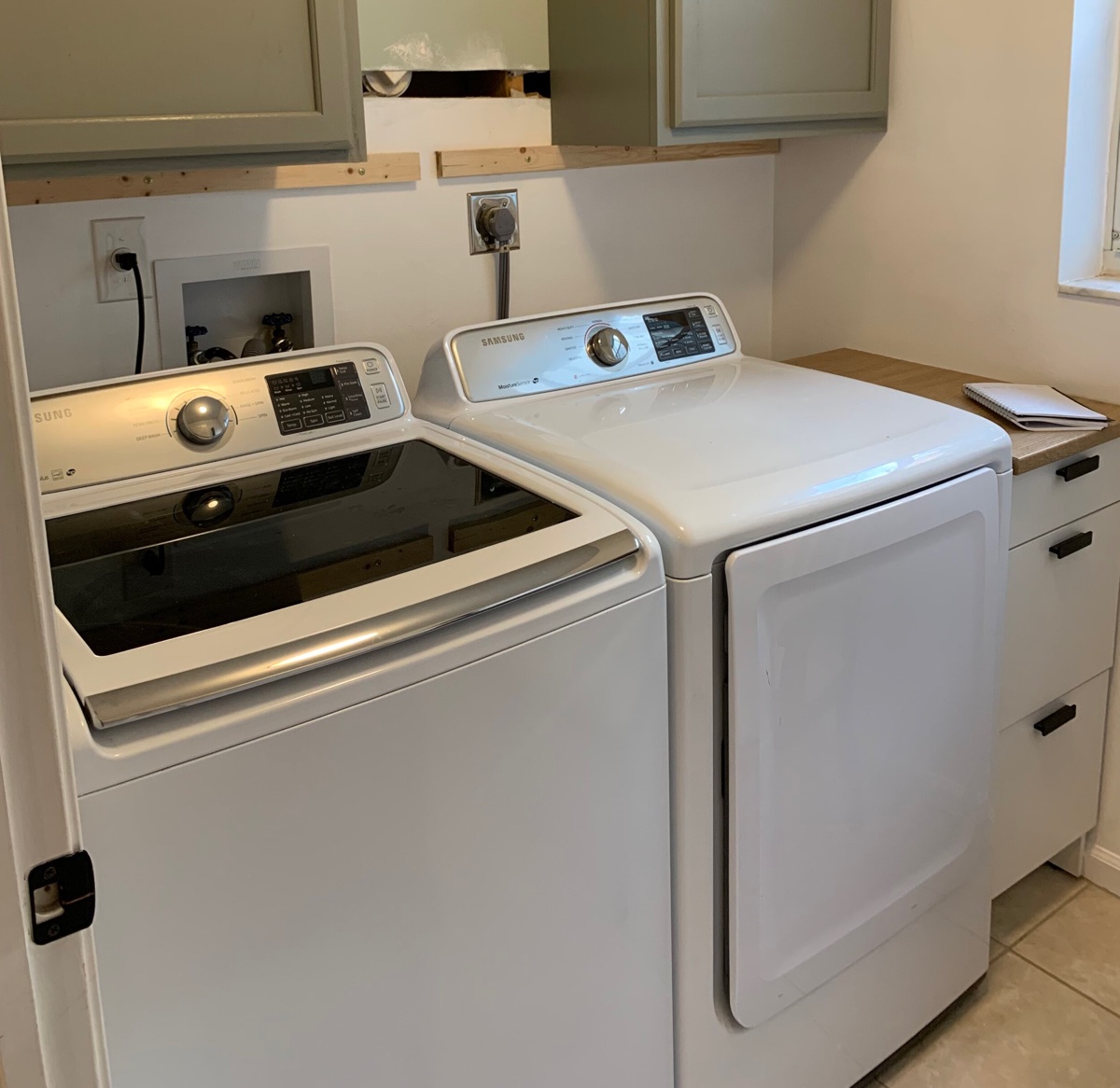

0 thoughts on “How To Add Bleach In A Washing Machine”